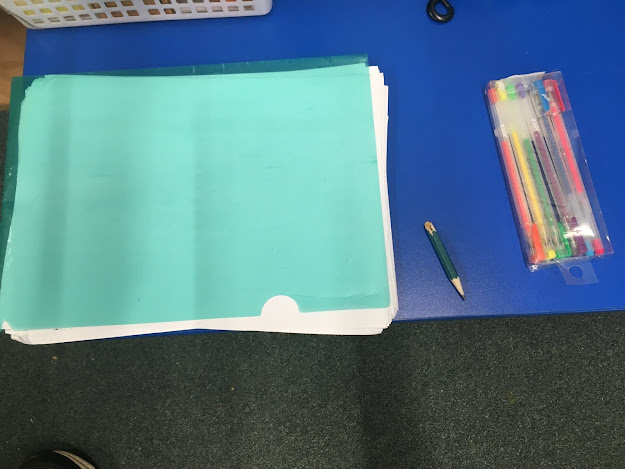One of these things is not like the others
During lockdown, I tried playing "One of these things doesn't belong," with students over our Google Meet. (I even tried singing the Sesame Street Song)
I'd seen a version of this activity used as a discussion starter in a few classrooms (using photos on a screen). I wondered if it would work with real objects. I hoped it would lead onto practising the Talk Moves.
In our Google Meets, I modelled the game with objects from my house. Then the kids found objects. It was fun trying to choose objects that had something in common but also a point of difference.
I wondered if this game would work in class. I tried it with Room 2, having the students opt into small groups. We played the game 'which one doesn't belong' with the objects pictured above. I intentionally used the te reo kupu, pēpa, pene rakau and pene for paper, pencil and pens.
I notice that this game really encourages kids to say what they think and give a reason. Most kids want a chance to chip in with their ideas. The stakes are low because all the answers can be right as long as there is a reason.
As we went along, I practised my own talk moves - repeating back and "can you tell me more?"
Most of the students were able to add onto their responses when given the chance.
One point of difference that I pointed out was the number of objects - one pencil, but a bunch of paper and a group of pens.
This led onto our Te Reo goal of understanding plurals. The word 'te' in te reo means one. The word 'nga' denotes more than one. We were able to practise this too, with the students giving examples.
Some students that wanted to be extended were able to start working on sentences structures in te reo.
I felt really excited that I could incorporate dialectic teaching and te reo Māori. I sensed most students were engaged. We also made progress with our talk goals and te reo goals.
For future lessons, I want to make the talk goals and learning goals explicit to the students (without drowning them in Learning Intentions). Also, using different objects for the game will give me lots of opportunities to introduce more te reo Māori for classroom objects etc.



It’s amazing that such a simple premise can lead into so much learning for the students. I sometimes think that we think the more bells and whistles an activity has the better but your reflection shows how much powerful learning can come from simple experiences if we are planned and engage in deliberate acts of teaching.
ReplyDelete